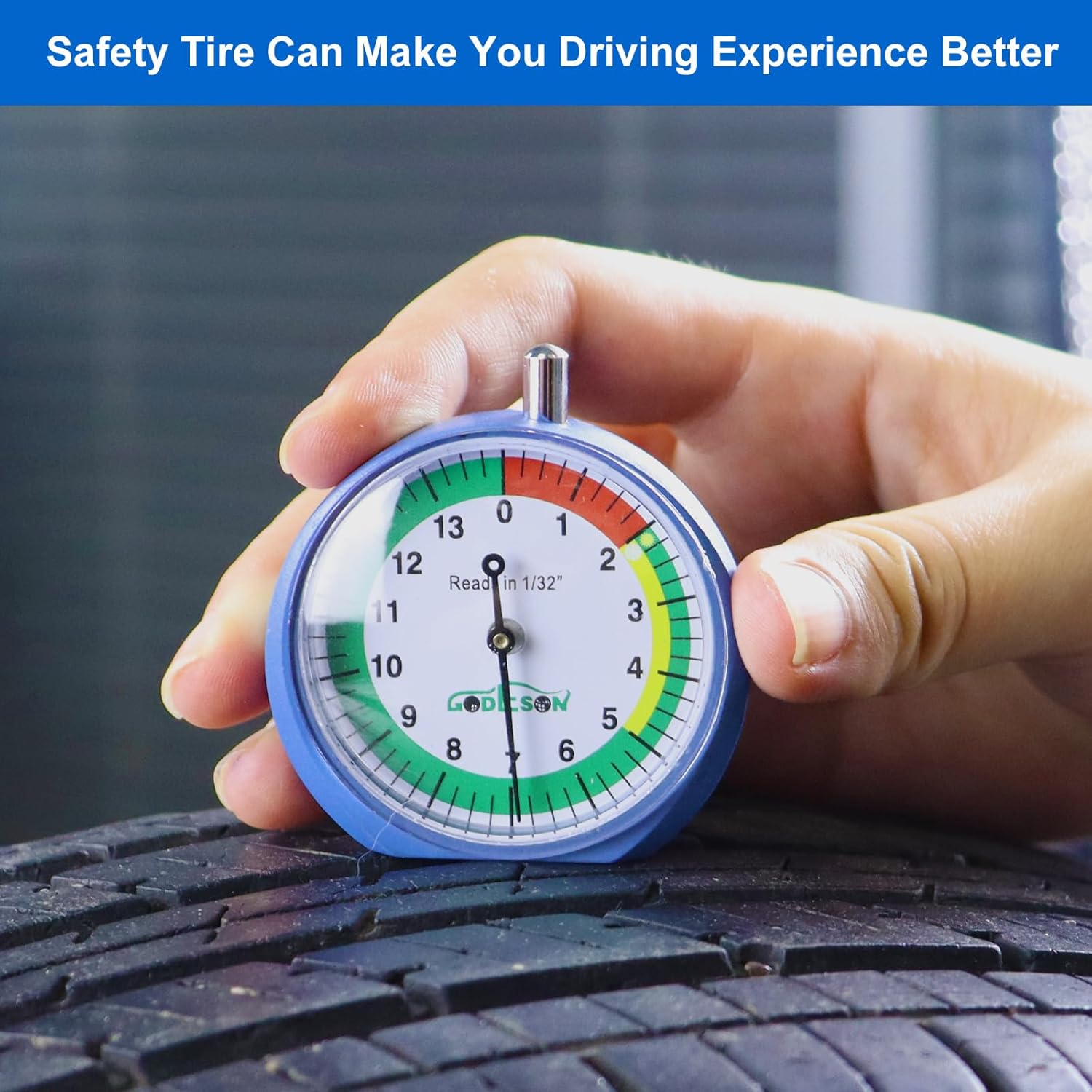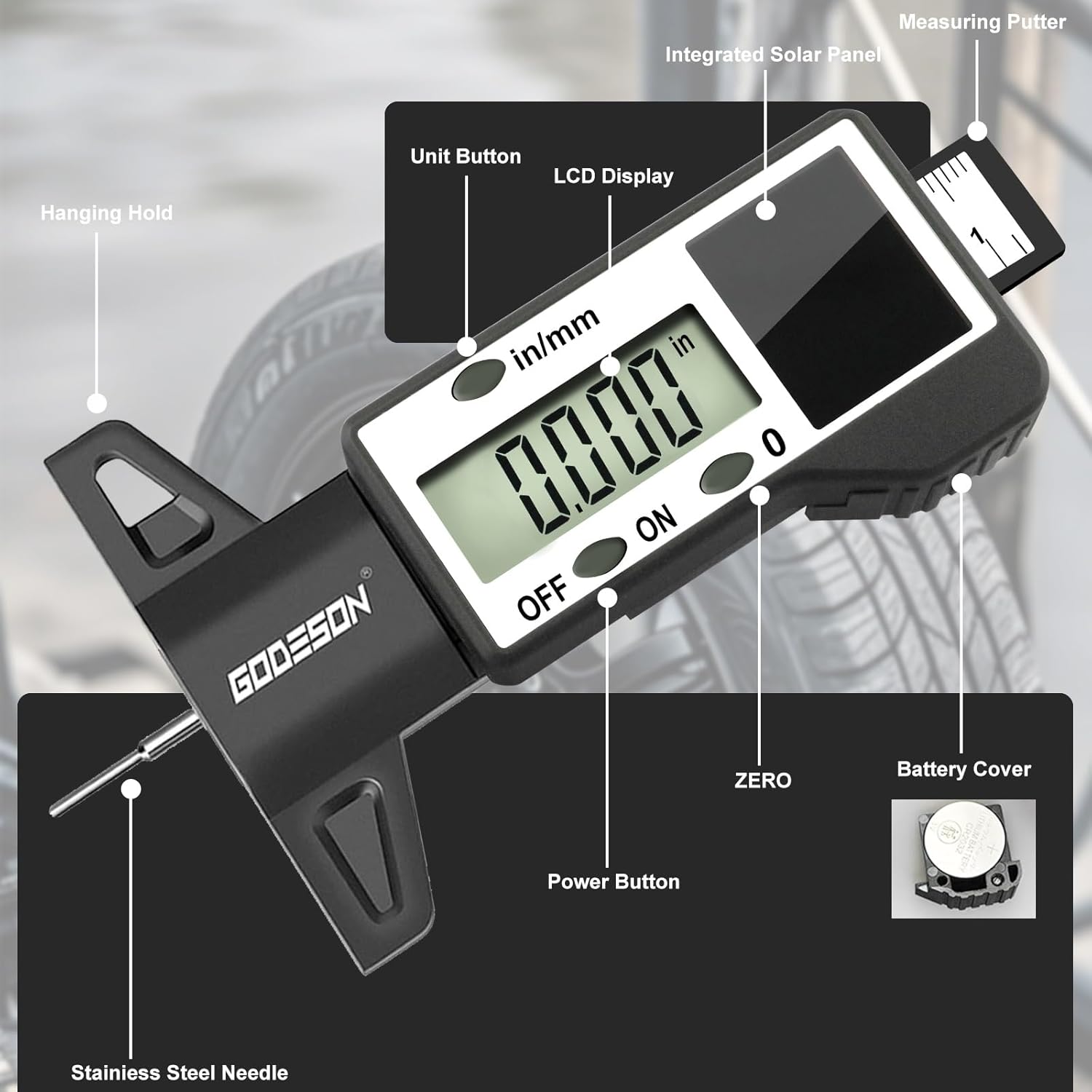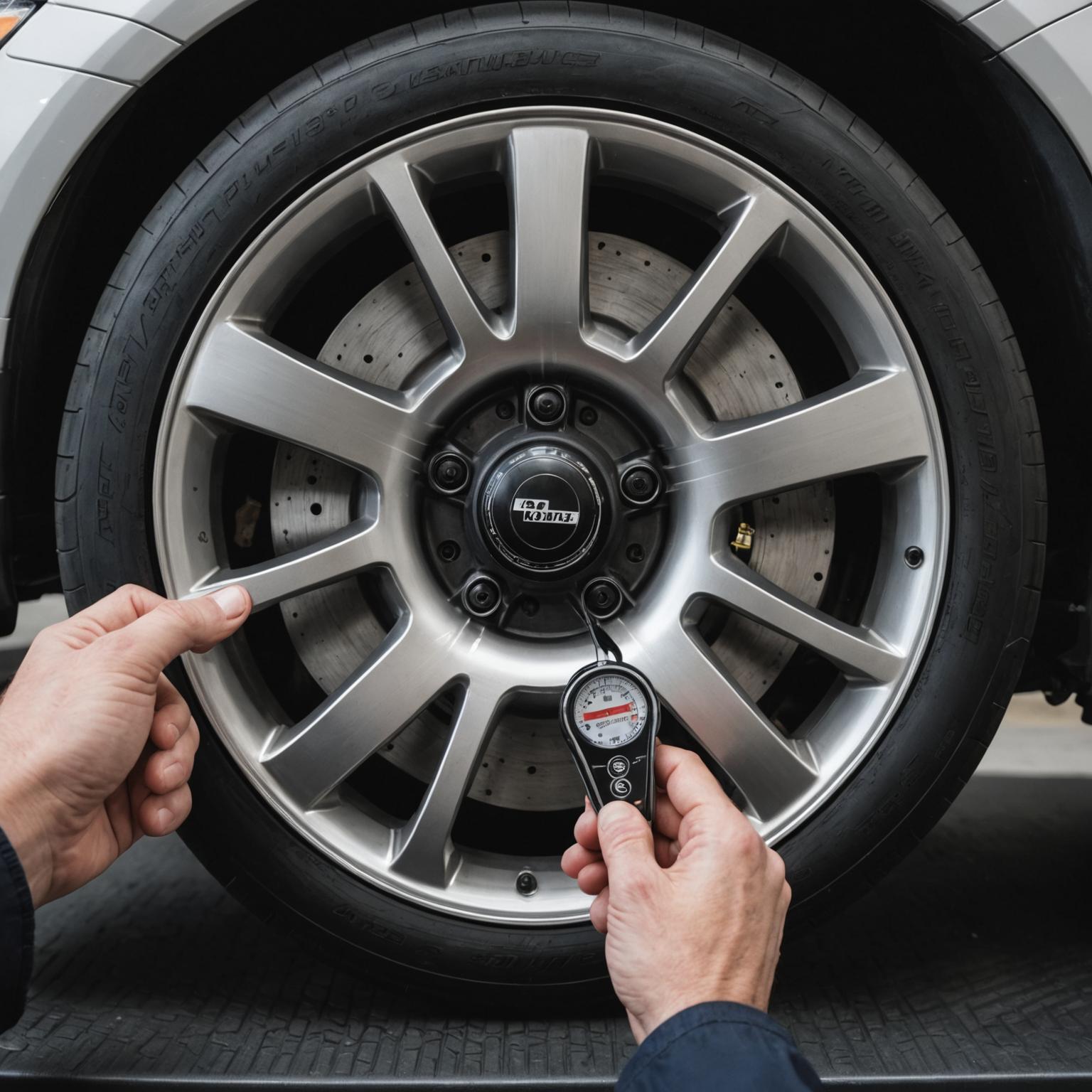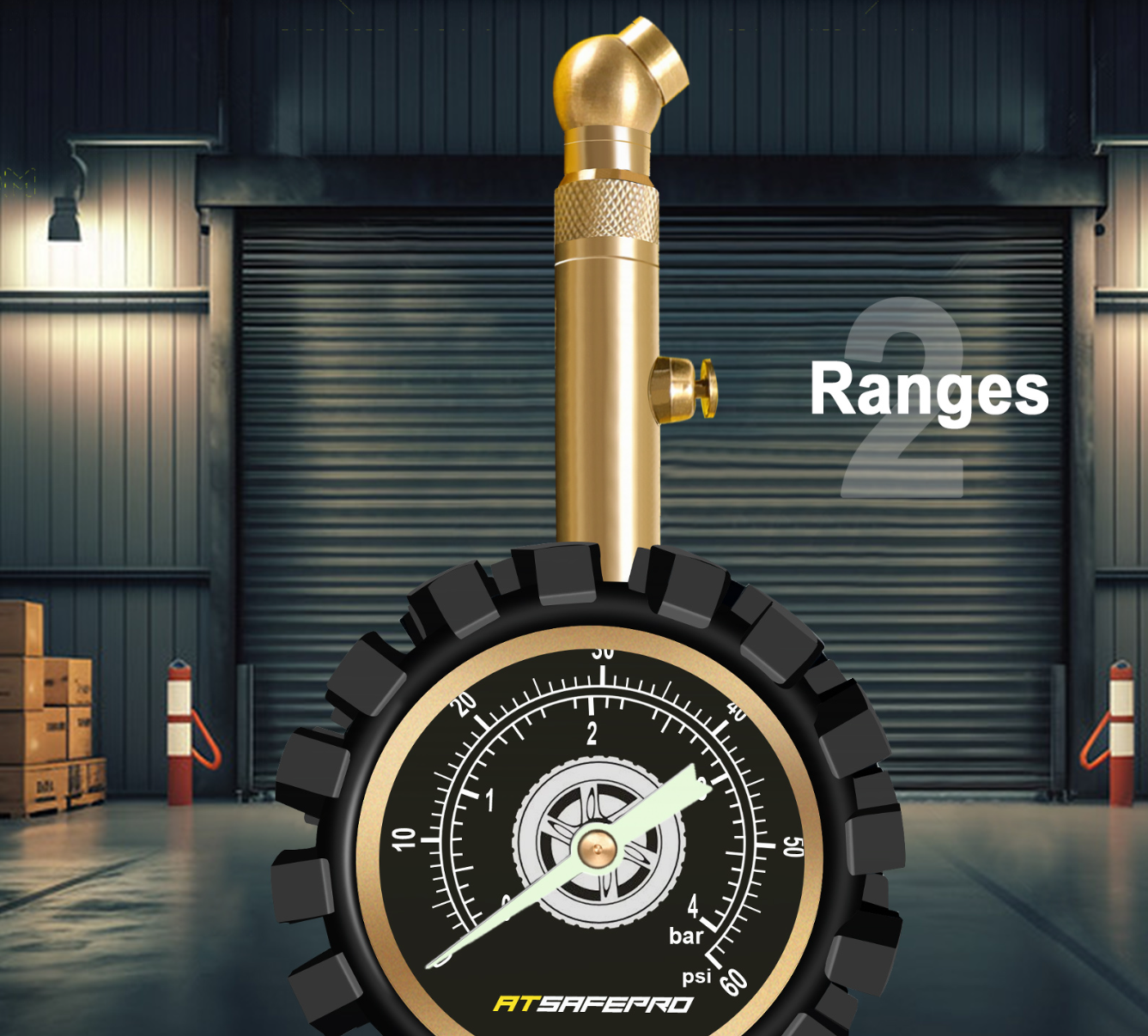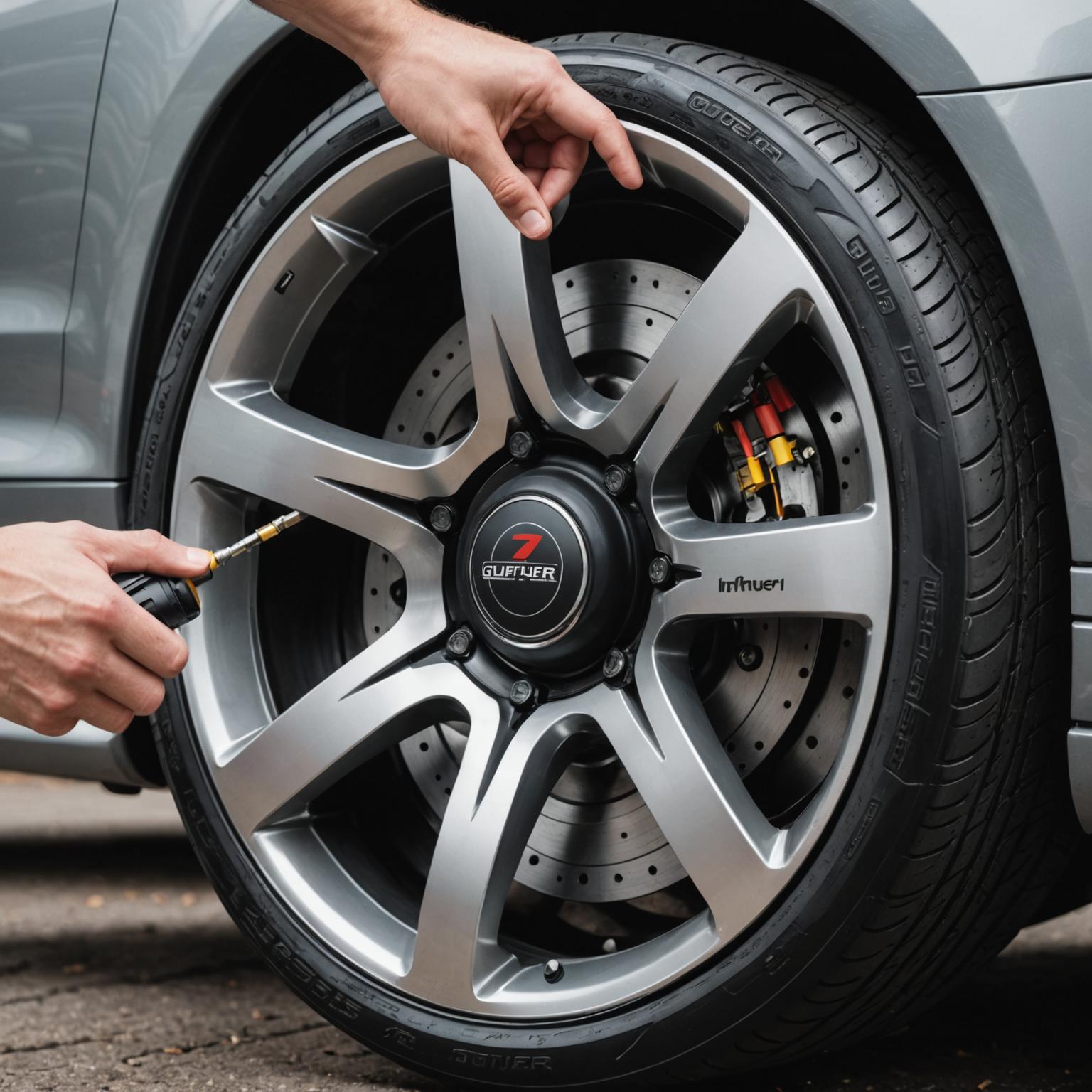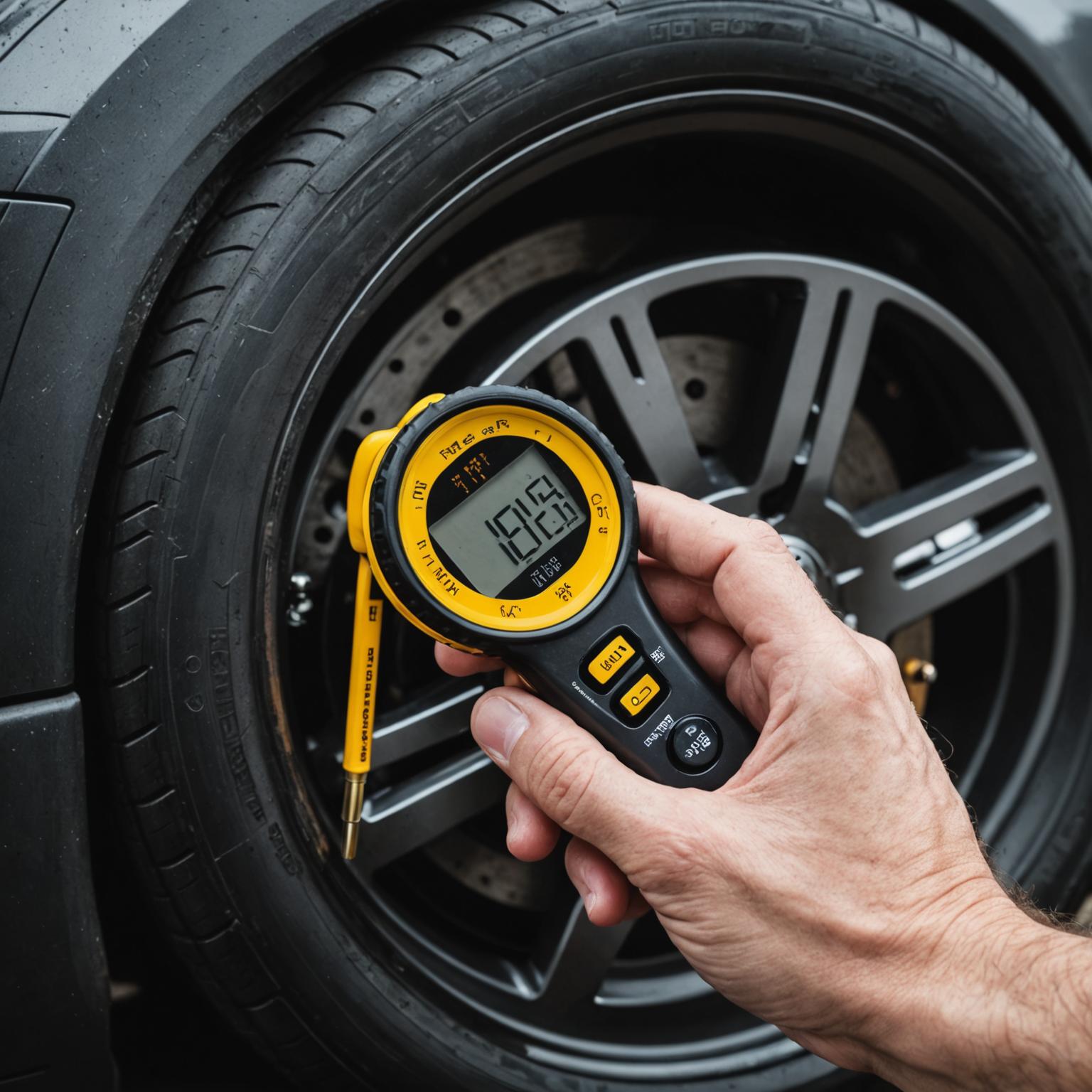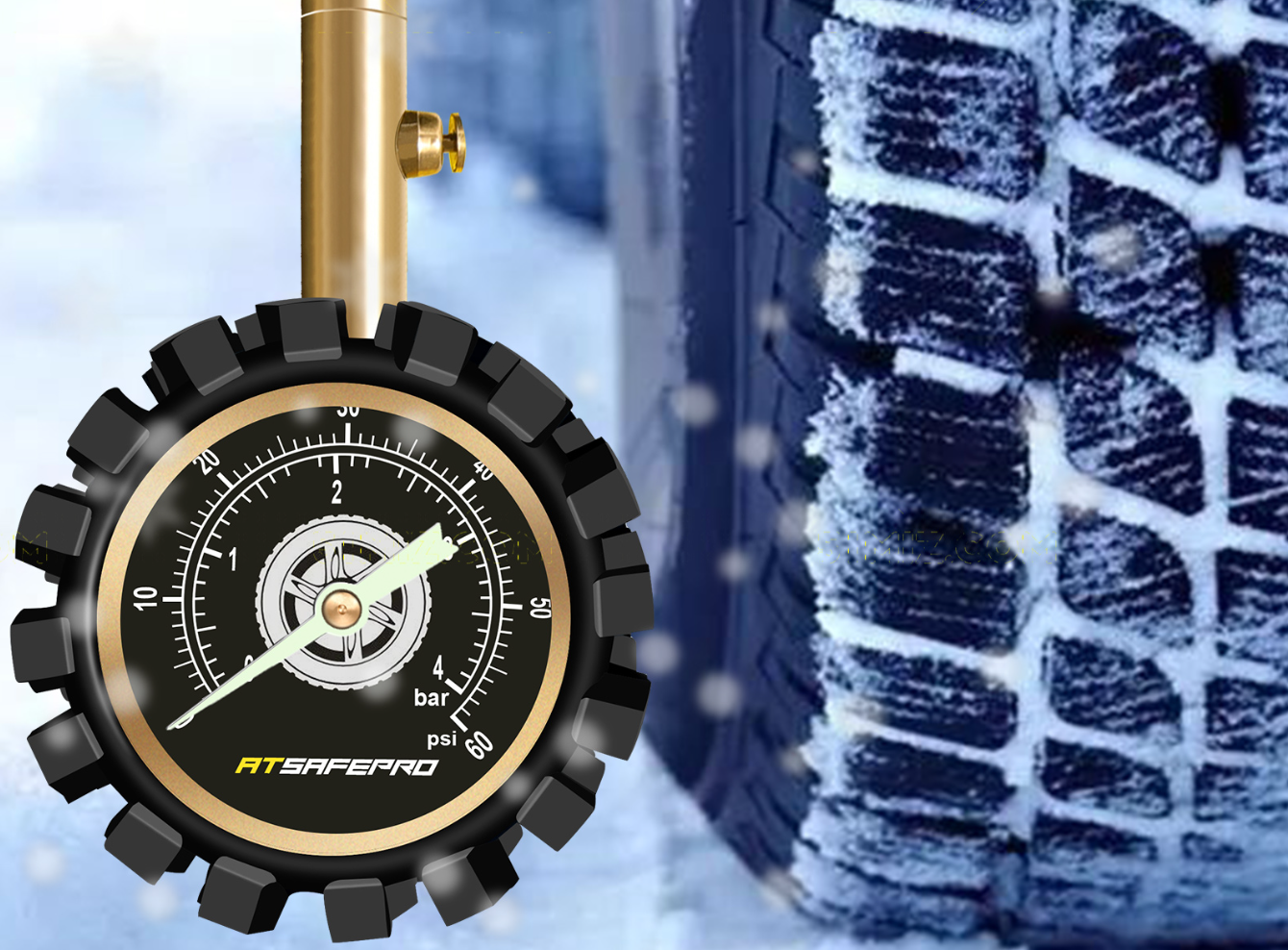
The Complete Guide to Tire Pressure Gauges: Choosing the Right Tool for Cars, Bikes, and Beyond
Why Tire Pressure Accuracy Is Non-Negotiable
Tire pressure directly affects vehicle safety, handling, fuel efficiency, and tire lifespan. The National Highway Traffic Safety Administration (NHTSA) reports that about 1 in 4 vehicles in the United States has at least one tire underinflated by more than 25%. Underinflation increases rolling resistance, causing the engine to work harder, wasting fuel, and generating more heat—leading to premature tire failure.
An accurate tire pressure gauge is your first line of defense against these risks. Without one, you’re relying on guesswork or outdated service station equipment that can be out of calibration.
Common Problems Without a Reliable Tire Pressure Gauge
Problem 1: Inconsistent Readings from Public Air Stations
Gas station inflators are often uncalibrated, leading to pressure variations of 3–5 PSI. This can make your vehicle feel unstable or unsafe at high speeds.
Solution: Keep a portable tire pressure tester in your car or bike kit. A digital tire pressure gauge offers precise readings you can trust anywhere.
Problem 2: Overinflation Damaging High-Performance Tires
For performance cars or road bikes, even 1–2 PSI above spec can reduce grip and comfort.
Solution: Use an accurate tire pressure gauge that measures in 0.1 PSI increments, allowing you to fine-tune inflation.
Problem 3: Difficulty Measuring Low-Volume Bike Tires
Mountain bike and road bike tires often use Presta valves and have very different pressure needs. Using the wrong gauge can result in inaccurate readings or damaged valves.
Solution: Choose a bike tire pressure gauge with a Presta valve adapter and a range suitable for your riding discipline (e.g., 20–60 PSI for MTB, 80–120 PSI for road).
Types of Tire Pressure Gauges and When to Use Them
1. Digital Tire Pressure Gauge – For Precision and Convenience
-
Best For: Daily drivers, fleets, cyclists checking pressure frequently
-
Advantages: Backlit display, decimal accuracy, multiple unit options (PSI, BAR, KPA)
-
Scenario: A rideshare driver checks tire pressure before each shift to maintain ride comfort and fuel efficiency. A digital tire pressure gauge with auto shut-off saves time and ensures consistency.
2. Mechanical (Analog) Tire Pressure Gauge – For Rugged Reliability
-
Best For: Harsh environments, long-term storage, fieldwork
-
Advantages: No batteries required, durable construction, long-term calibration stability
-
Scenario: An off-road enthusiast carries a dial-type gauge in the glovebox for trail tire deflation and reinflation, knowing it will work even after months without use.
3. Bike Tire Pressure Gauge – For Cycling Performance
-
Best For: Road cyclists, mountain bikers, gravel riders
-
Advantages: Presta and Schrader compatibility, low-volume accuracy, compact size
-
Scenario: A competitive cyclist uses a bike tire pressure gauge with a Presta adapter before every race, ensuring optimal rolling resistance and grip.
How to Maintain Accuracy in Your Tire Pressure Gauge
-
Calibrate Annually: Especially if dropped or exposed to extreme temperatures
-
Store Safely: Keep in a protective case or tool pouch
-
Avoid Hot Tires: Measure pressure when tires are cold for the most accurate reading
-
Battery Care: For digital models, replace batteries before they run low to prevent display errors
Frequently Asked Questions
Q1: How often should I check my tire pressure?
At least once a month, and before long trips or load changes.
Q2: Is a digital tire pressure gauge more accurate than analog?
Both can be accurate when well-made, but digital models offer easier readability and finer resolution.
Q3: Can one gauge work for both cars and bikes?
Yes, if it has the right pressure range and includes a Presta valve adapter for bicycles.
The Right Tool for the Right Wheel
Whether it’s a digital tire pressure gauge for quick, precise car checks, a bike tire pressure gauge for cycling performance, or a rugged analog model for field use, the right tool keeps your tires in peak condition. Accurate pressure readings lead to safer handling, better fuel economy, and longer-lasting tires.
Explore our full range of accurate tire pressure gauges and related automotive pressure tools on the ATSAFEPRO product page. For tailored advice on the best gauge for your needs, visit our homepage or contact us today.



